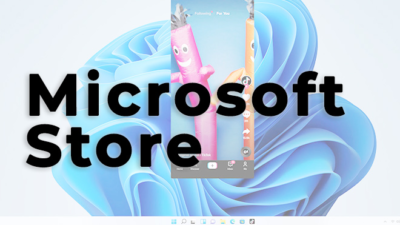Minerva by MIT reduces video streaming buffering on busy WiFi
Is there much else irritating that attempting to watch a video on a slow web connection imparted to a lot of different users? Skips, endless buffering, and terrible pixelation can demolish the experience of viewing a motion picture or TV show when everybody in your home is attempting to stream simultaneously.
Presently a group from MIT has thought of an instrument to enable different individuals to share a limited WiFi association. The group from the Computer Science and Artificial Intelligence Laboratory (CSAIL) have built up the Minerva framework which investigates videos before playing them to check the amount they would be affected by being played at a lower quality.
Conventional conventions for WiFi sharing essentially split the accessible data transfer capacity by the number of clients. So in case you’re attempting to watch HD sports match on your TV and one of your children is attempting to watch an animation on their cell phone, you’ll each be apportioned a large portion of the accessible transfer speed. That is fine for your child however horrible for you, as fast-moving videos like sports experience the ill effects of low transfer speed than different sorts of videos like kid’s shows.
Minerva can break down the two videos in an offline stage to see which would profit by being apportioned more data transfer capacity and which could be served to utilize lower bandwidth capacity without the quality misery. The convention at that point allocates transmission capacity dependent on the necessities of the various clients and will modify itself after some time in light of the video content being played.
In genuine tests, Minerva had the option to reduce rebuffering time nearly significantly, and in 33% of cases had the option to offer upgrades to video playback quality that were what could be compared to going from 720p to 1080p. What’s more, the framework doesn’t just work inside family units. A similar guideline could be utilized to share web associations crosswise over whole regions, making it perfect for organizations like Netflix and Hulu which need to serve video to huge quantities of clients.
The framework can be presented by video suppliers without expecting to change any equipment, making it basically a “drop-in replacement for the standard TCP/IP protocol” as indicated by the group.
Read this COAS Qamar Bajwa extended for another three years
RS News or Research Snipers focuses on technology news with a special focus on mobile technology, tech companies, and the latest trends in the technology industry. RS news has vast experience in covering the latest stories in technology.










